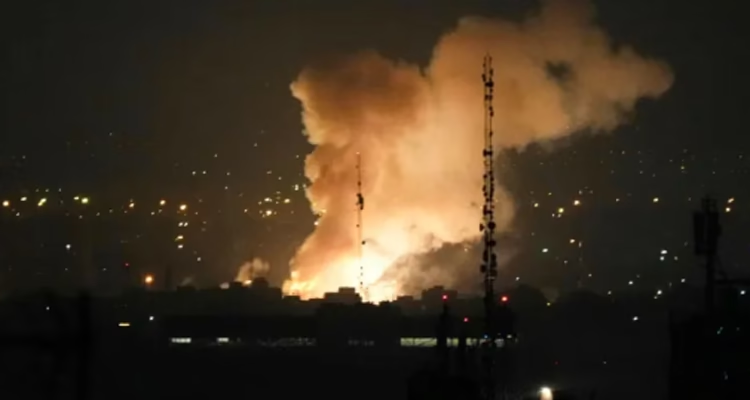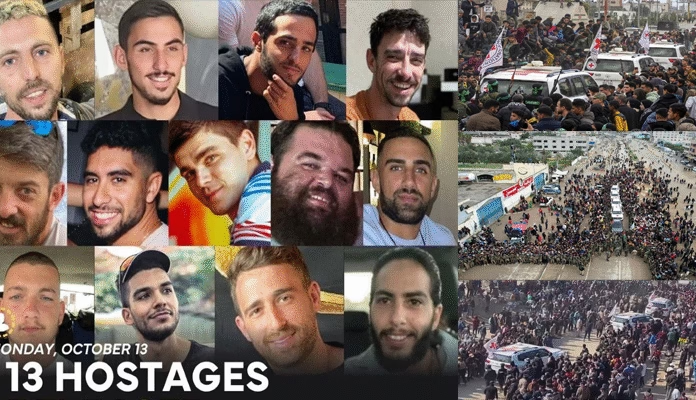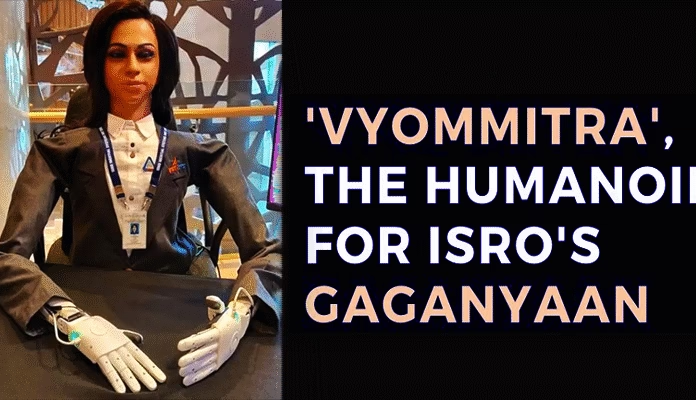
 The Iran-Israel war shows no signs of de-escalation. The ongoing tension and conflict between the two nations have become a serious and long-term issue in Middle Eastern geopolitics, which has intensified further in 2025. What initially remained a proxy conflict between the two countries has now transformed into a direct military confrontation, with both sides threatening to annihilate each other. This war poses serious challenges to regional and global stability. Meanwhile, instead of trying to end the war, other countries are increasingly taking sides. Nations like the United States, Russia, China, and Britain are making decisions based on their own interests. The concepts of right and wrong seem to have lost relevance. Both countries are launching deadly attacks on one another using lethal weapons.
The Iran-Israel war shows no signs of de-escalation. The ongoing tension and conflict between the two nations have become a serious and long-term issue in Middle Eastern geopolitics, which has intensified further in 2025. What initially remained a proxy conflict between the two countries has now transformed into a direct military confrontation, with both sides threatening to annihilate each other. This war poses serious challenges to regional and global stability. Meanwhile, instead of trying to end the war, other countries are increasingly taking sides. Nations like the United States, Russia, China, and Britain are making decisions based on their own interests. The concepts of right and wrong seem to have lost relevance. Both countries are launching deadly attacks on one another using lethal weapons.
It is worth noting that the roots of hostility between Iran and Israel lie in the Iranian Revolution of 1979, when an Islamic Republic was established under the leadership of Ayatollah Khomeini. This revolution not only redefined Iran’s foreign policy but also identified Israel as a primary enemy. Iran has viewed Israel as an illegitimate Zionist regime and made the Palestinian cause a key element of its regional influence. On the other hand, Israel has considered Iran’s nuclear program and its regional influence especially through groups like Hezbollah and Hamas as existential threats. This ideological and strategic rivalry manifested over the decades as proxy wars, especially in Syria, Lebanon, and Yemen.
In mid-2024, this tension escalated into direct military conflict. Israel’s attack on Iran’s vital energy infrastructure in June 2024, followed by an attack on an Iranian television building in June 2025, brought the conflict to a new level. In retaliation, Iran launched missile strikes including a cluster missile attack on Israel. While Israel’s Iron Dome and other defense systems successfully intercepted most of these attacks, they could not entirely stop them. These incidents have exposed both countries’ military strengths and vulnerabilities. Israel’s advanced technology and precision strikes have revealed the inadequacy of Iran’s air defense systems, while Iran’s long-range missiles present a significant threat to Israel.
A major driving factor behind this conflict is Iran’s nuclear program. Israel has repeatedly claimed that Iran is advancing toward developing nuclear weapons, which it sees as a threat to its existence. After the collapse of the 2015 nuclear deal especially following the U.S. withdrawal in 2018 Iran accelerated its uranium enrichment. By 2025, some reports claim Iran is on the threshold of developing a nuclear weapon, though these claims remain controversial and unverified. To neutralize this threat, Israel has resorted to cyberattacks (such as Stuxnet) and targeted assassinations, which have pushed Iran to adopt an even more aggressive stance.
Additionally, the roles of regional alliances and global powers have made this conflict more complex. Israel enjoys support from the United States, Saudi Arabia, and the United Arab Emirates support that has strengthened further after the Abraham Accords. On the other hand, Iran has maintained alliances with Russia, China, and proxy groups like Hezbollah and Houthi rebels. However, direct military assistance from Russia and China has remained limited, as Russia is bogged down in the Ukraine war, and China avoids direct involvement in regional conflicts. Countries like India which maintain economic and strategic relations with both nations have adopted a neutral stance, reflecting their concerns for energy security and regional stability.
Apart from the nuclear threat, the war’s economic and social impacts are also significant. Iran, already grappling with sanctions and economic crisis, has been further weakened by Israeli attacks. The strikes on energy infrastructure have affected oil production and exports, putting immense pressure on Iran’s economy. On the other hand, Israel’s economy based on technology and innovation has remained relatively stable despite the ongoing war, although continuous conflict has increased social tension. The populations of both countries are suffering from war fatigue and uncertainty, leading to internal unrest.
The potential outcomes of this conflict could head in several directions. The most dangerous scenario is a full-scale war involving the use of nuclear weapons. According to some sources, there is speculation about a possible nuclear strike by the end of 2025 in the U.S., underscoring the severity of the threat. Alternatively, diplomatic intervention especially through neutral mediators like the United Nations or regional powers could help contain the war. However, the rigid stance of both countries’ leadership and deep-rooted regional rivalries make this extremely difficult.
From a global perspective, this war could trigger a spike in oil prices, disrupt supply chains, and lead to a refugee crisis. The Middle East is already unstable, and this conflict has further inflamed proxy wars in countries like Syria, Lebanon, and Yemen. Additionally, it could deepen global polarization, with the U.S. and its allies on one side and the Russia-China alliance on the other.
In conclusion, the Iran-Israel war in 2025 has reached a perilous stage, involving historical animosity, nuclear ambitions, regional alliances, and global intervention. This conflict poses a severe threat not only to the Middle East but also to global peace and stability. Resolving it will require diplomacy, restraint, and international cooperation but in the current scenario, that seems like a distant dream. The future of this war is uncertain, and its consequences will be decisive not just for the two nations involved, but for the entire world.



